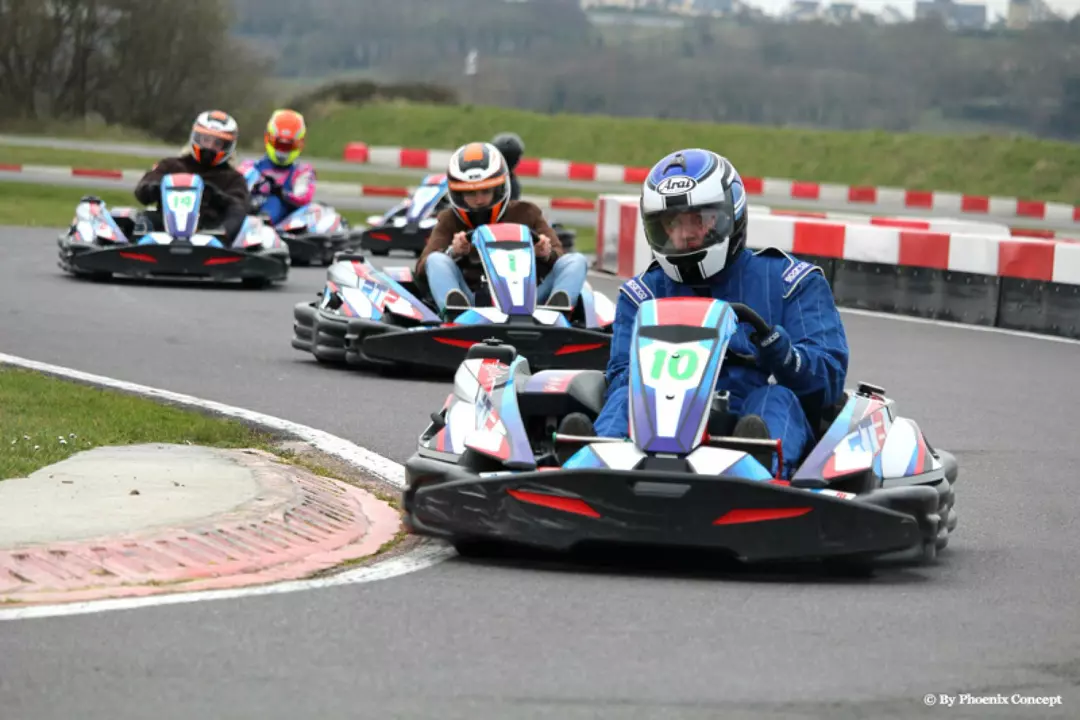Karting: Your Quick Guide to Getting on the Track
Thinking about trying karting? It’s a cheap, fun way to feel the rush of racing without needing a fancy licence. Whether you’re a kid who dreams of Formula 1 or an adult looking for a new hobby, the basics are easy to pick up. Below you’ll find the most useful advice to get you on the grid fast.
Choosing the Right Kart and Gear
First thing – pick the right kart. Rental karts at local tracks usually come in two classes: junior (for under‑15) and adult. They’re set up to be safe and balanced, so you won’t need to tweak much. If you plan to race regularly, consider buying a used chassis. Look for a clean frame, solid wheels, and a well‑maintained engine. A good rule of thumb: the lighter the kart, the easier it is to handle, but don’t go for the lightest you can find if it means cutting corners on safety.
Next up, gear. A snug helmet is non‑negotiable – it must pass the Snell or DOT standard. Racing suit? A simple, breathable suit with reinforced panels will keep you comfortable and safe. Gloves with good grip help you steer without slipping, and proper shoes (think closed‑toe, thin‑soled sneakers) give you better pedal feel. Many tracks sell gear on‑site, but buying your own usually saves money in the long run.
Basic Racing Techniques and Safety
When you sit in the kart, keep your elbows slightly bent and your shoulders relaxed. This stance gives you the best control around corners. The key to a fast lap is smoothness – brake early, turn in gently, and accelerate out as soon as the kart is pointed straight. Try the “outside‑in‑outside” line: start wide, clip the apex, then swing back to the outside. It sounds fancy but it’s just a way to keep speed steady.
Safety isn’t just about gear. Always check the kart before each run: look for loose bolts, tire pressure, and fuel leaks. Most tracks have a quick walk‑around checklist – follow it. If you feel a wobble or the engine stutters, pull over safely and let the crew know. It’s better to miss a few laps than risk an accident.
Another tip: watch the more experienced drivers. Notice how they choose their racing line, where they brake, and how they handle traffic. You can learn a lot just by observing. If the track offers a driver school or a beginner’s session, jump on it. A few extra minutes with a coach can shave seconds off your lap time instantly.
Ready to race? Look up local karting clubs on Lycon Motorsports Hub. We list upcoming events, track days, and even beginner meet‑ups. Joining a club gives you access to practice sessions, discounts on gear, and a community that will push you to improve. Plus, it’s a great excuse to meet fellow speed lovers.
Remember, karting is about fun first. Don’t chase perfection on your first go. Focus on staying smooth, keeping your line clean, and enjoying the roar of the engine. As you get comfortable, you’ll naturally start shaving time off your laps and feeling more confident. Before long, you might even think about moving up to higher‑powered classes or entering a local championship.
So grab a helmet, find a track near you, and hit the gas. Karting is the fastest way to get a taste of real racing, and with the right basics, you’ll be zipping around the circuit in no time. See you on the track!
What is the next step in my motorsports career after karting?
After mastering the art of karting, I'm eager to take the next step in my motorsports career. With various options available like Formula 4, rally racing, or touring car championships, I need to carefully consider my skills and preferences. Training and networking with industry professionals will be crucial to my progress. Securing sponsorships and funding will also play a vital role in advancing my career. Ultimately, I'm excited to face new challenges and grow as a racer in the competitive world of motorsports.



